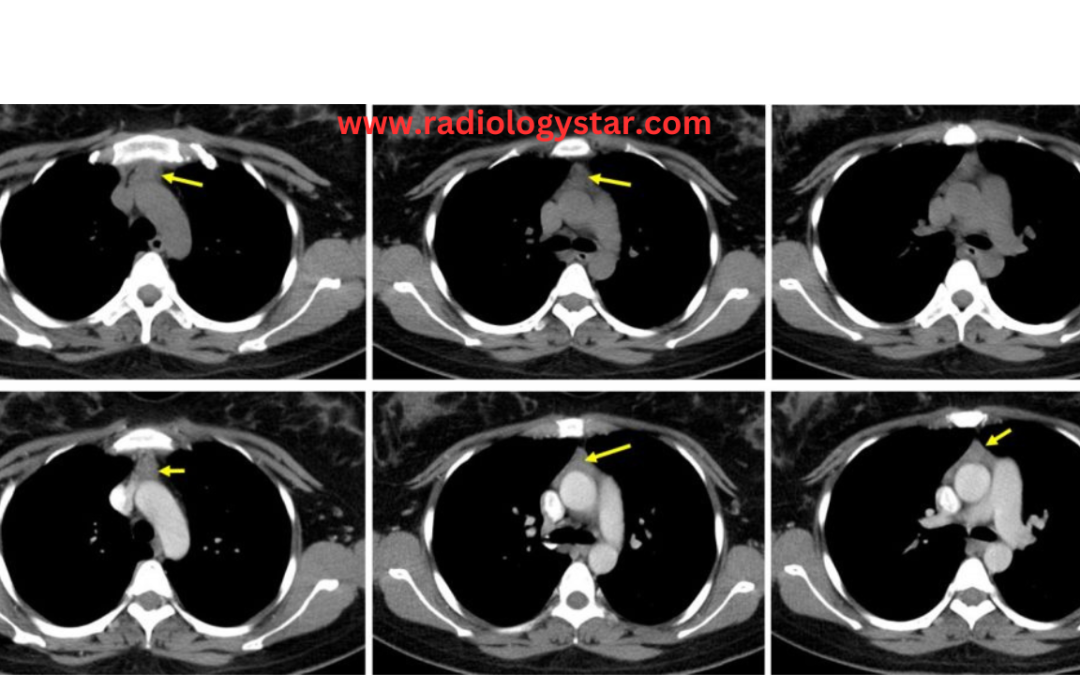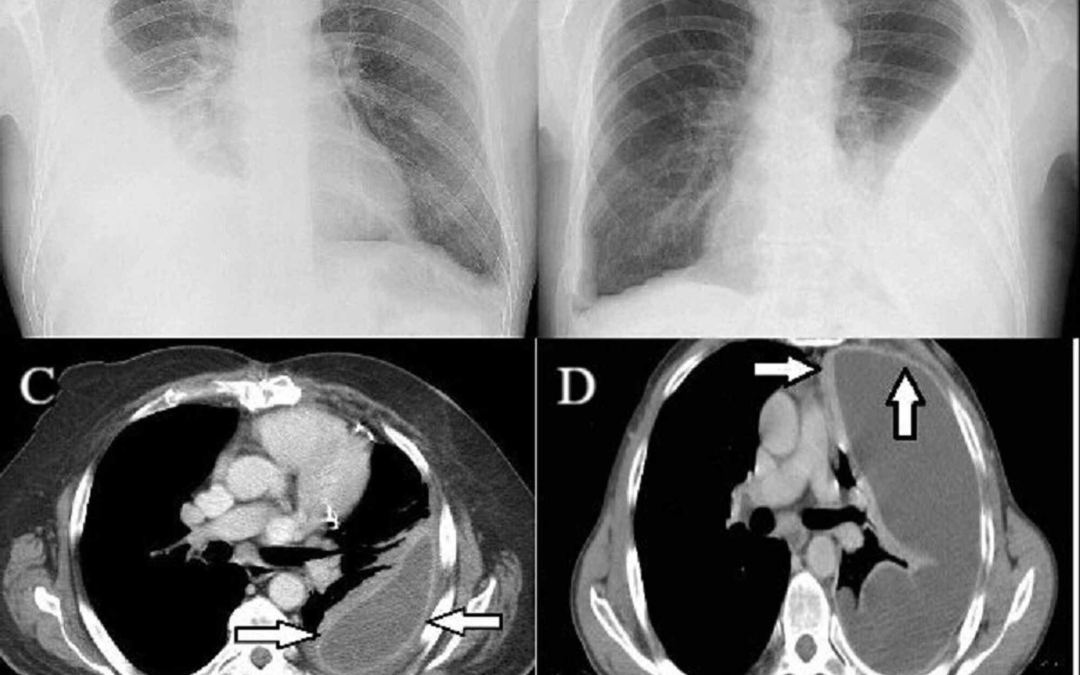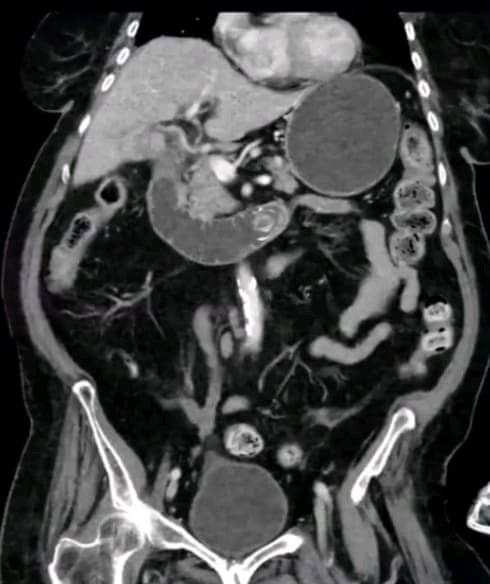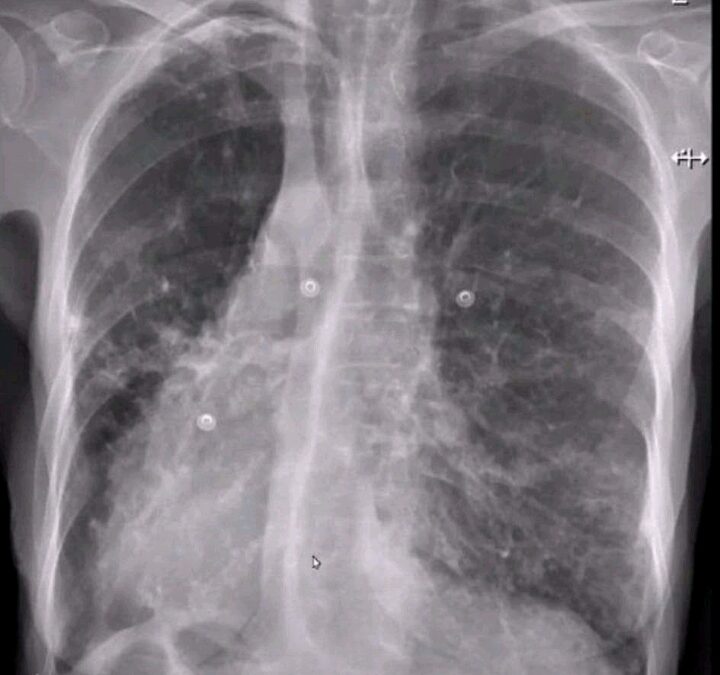
Retinoblastoma
What Is The Retinoblastoma? Retinoblastoma is a rare type of eye cancer that primarily affects young children, typically under the age of five. It originates in the retina, which is the light-sensitive layer of tissue at the back of the eye responsible for...

Anterolisthesis
What Is Anterolisthesis? Anterolisthesis is also called Spondylolisthesis. Anterolisthesis is a medical condition characterized by the forward displacement of one vertebra in relation to the vertebra below it. This displacement typically occurs in the spine,...

Gigantomastia.
WhaT Is Gigantomastia? Gigantomastia, also known as macromastia or breast hypertrophy, is a rare medical condition characterized by abnormal and excessive breast growth. Women with gigantomastia experience a significant increase in breast size beyond what is...

Thymic Hyperplasia
What Is Thymic Hyperplasia? Thymic hyperplasia refers to an enlargement or overgrowth of the thymus gland. The thymus is a small organ located in the chest, behind the sternum and in front of the heart. It plays a crucial role in the development and maturation...

Pleural lipoma
What Is Pleural lipoma? Pleural lipoma is a rare benign (non-cancerous) tumor that develops in the pleura, which is the thin, double-layered membrane that surrounds the lungs and lines the chest cavity. A lipoma is a type of tumor composed of fat cells. Pleural...

Oligodendroglioma.
What Is Oligodendroglioma? Oligodendroglioma is a type of brain tumor that arises from oligodendrocytes, cells that produce the protective myelin sheath around nerve cells in the brain. It is a slow-growing, low-grade tumor that occurs most commonly in the cerebrum....

Subdural Empyema
What Is Subdural Empyema? Subdural empyema is a serious medical condition that involves the accumulation of pus in the space between the outermost layer of the brain (the dura mater) and the thin layer of tissue that covers the brain (the arachnoid mater). This...

Empyema
what Is Empyema? Empyema is a medical condition characterized by the accumulation of pus within a body cavity, often the pleural space between the lungs and chest wall. It is typically a complication of pneumonia or other infections of the respiratory system,...

Bouveret Syndrome
Bouveret Syndrome Bouveret syndrome is a rare condition that occurs when a large gallstone becomes lodged in the duodenum, which is the first part of the small intestine. This can cause a blockage, which can lead to symptoms such as abdominal pain, nausea,...

Kartangener’s syndrome
What is Kartangener's syndrome? Kartagener's syndrome, also known as primary ciliary dyskinesia, is a rare genetic disorder that affects the structure and function of cilia. Cilia are hair-like structures found on the surface of cells throughout the body, particularly...
